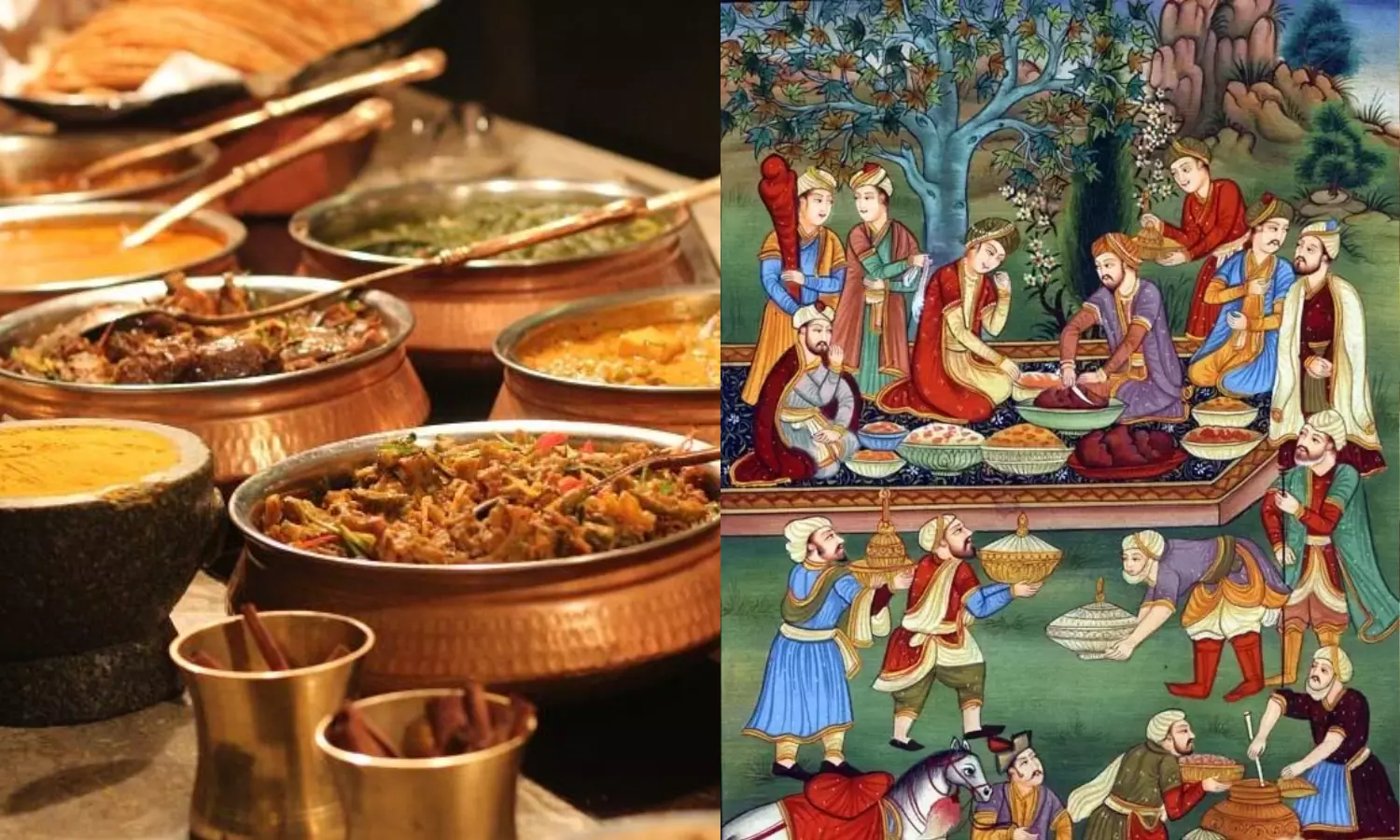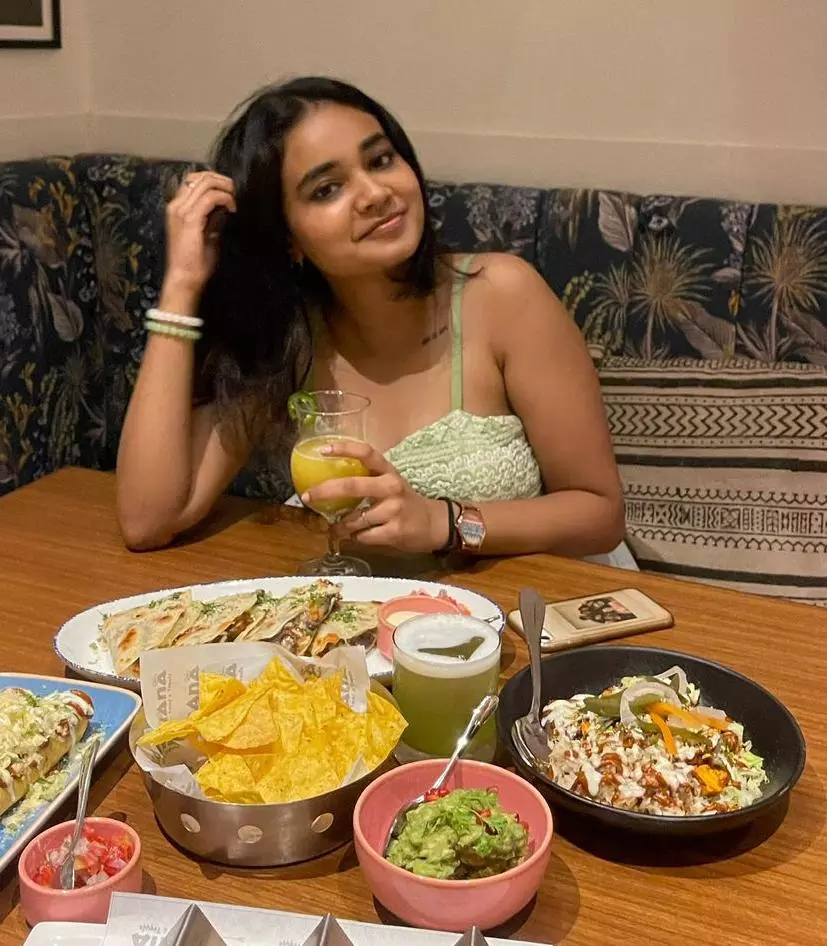Unveiling the Origins of India's Culinary Staples
From mustard to tea, take a look at how our staple ingredients sojourned to finally reach our plates
- By Ananya GandhiLoading...
- | 15 Feb 2024 12:07 PM IST
 X
X
In the vibrant tapestry of Indian cuisine, every spice, grain, and ingredient carries a story that unfolds across centuries. As we navigate the bustling aisles of our modern supermarkets and spice bazaars, it's essential to pause and reflect on the journey of those common kitchen ingredients that have become an integral part of our daily meals. The British Raj, spanning from the 19th to the mid-20th century, witnessed a significant cultural exchange, including the introduction of various ingredients that are now inseparable from our kitchen shelves. The spice trade, facilitated by ancient maritime routes, brought an array of flavours and seasonings that continue to define our regional cuisines.
These seemingly ordinary items carry with them a rich history, a tale of migration, cultural exchange, and the fusion of flavours that have come to define our gastronomic identity. From spices that traversed oceans to grains that found a new home, let's unravel the tales behind the 'staples' that have become an integral part of our culinary heritage.
1. Potatoes
The spud that we have now come to adore so much, to the extent that we are willing to add it to almost any dish, was not native to the country. The tuber, which was once native to Peru, was introduced to India by the Portuguese traders in the 17th century, and quickly rose to become a staple in Indian cuisine, while also cutting the class and caste barrier, by being a produce that was accessible to everyone. From basic jeera aloo to french fries, potatoes have a special place in every Indian’s heart.
2. Tomatoes
Although the credit for bringing tomatoes to India goes to the Portuguese in the 16th century, the produce remained shrouded in mystery up until the 19th century. Even then tomatoes were more or less recognised as a produce that closely resembled eggplants and were only made popular after a Persian cooking manual by the name Nusḵẖa-i Niʿmat Ḵẖān was translated into English to introduce the upper class to European food.
3. Chillies
Indian food, as you may know it, is incomplete without its bold and spicy flavours and most certainly, chillies play a central role in lending pungency to Indian dishes. Although native to the Americas, chillies were introduced to India by the Portuguese and Spanish traders in the 15th century, after spending an inexplicable amount of resources to navigate an unventured route, to compete against the Arabs and Venetians in the spice market. They soon became an integral part of Indian cooking, adding heat and flavour to dishes across the country.
4. Tea
With India being the second largest producer of tea in the world, we often take our morning tea for granted. But can you imagine it was the British who introduced the Indian folk to tea? Cultivated by the East India Company in the 19th century in the hilly regions of Darjeeling for the very first time to overthrow China’s monopoly in the tea market, tea quickly became the nation's favourite beverage, enjoyed in various forms like masala chai and cutting chai.
5. Coffee
Similar to tea, it was Arabia that enjoyed the monopoly in the coffee market. To prevent any other country from cultivating its coffee, it was ensured that coffee was exported only after it was boiled or roasted. A legend has it that a certain Baba Budan carried with him green coffee beans on his return from Mecca and planted them around Chandragiri hills in Karnataka in 1670. However, mentions of coffee as a beverage have been made since the Mughal era as well, landing us with the only explanation that we have the Arab traders to thank for introducing India to coffee. Today, India is one of the world's largest coffee producers, and coffee culture is thriving in regions like Karnataka and Kerala with traditional filter coffee being a favourite morning ritual for many.
6. Cauliflower
Introduced by the British during the colonial era, cauliflower is now widely used in Indian cooking. One Dr Jemson, a botanist by profession, was responsible for cultivating cauliflowers in India in 1822. The reason why exotic vegetables (back in the 1800s) like cauliflower were imported to India was under the premise of introducing the Indian crowd to modern food while also creating a sense of familiarity for the colonists who were living on foreign land. Even today, cauliflower's versatility in Indian cooking showcases the fusion of foreign ingredients with local flavours.
7. Carrots
It is safe to say that Gajar ka Halwa is one of the most loved mithai by all age groups in India. But carrots were brought to India by traders from Afghanistan and Central Asia, who would essentially bring along with them seeds and various kinds of plants to cultivate on foreign land. In this manner, carrots were soon adopted by local Indian farmers and cultivated to become a staple ingredient. They are now commonly used in Indian cuisine to add sweetness and colour to dishes like in salads and pulao.
8. Mustard
Mustard or sarson is an ingredient that is abundantly cultivated and consumed in the northern region of India. While Europe cultivated mustard to a large extent, it was China that introduced us to mustard, before spreading it out to other countries like Afghanistan. Soon mustard oil (sarson ka tel as we know it) and its leaves became essential in Indian pickles, saags, curries and masalas. The incorporation of mustard highlights how foreign influences have enriched the flavour profile of Indian cuisine.
Despite what our history textbooks taught us in school, the silk route and colonial period brought to us in abundance a variety of produce, ingredients and flavours that have uplifted Indian cuisine. These ingredients have not only enriched our food but also reflected the diverse cultural influences that have shaped it over the centuries.

Ananya Gandhi
Ananya grabs at every chance she gets to spend time with strangers listening to their stories, painting or reading some romantic-thriller novel almost everywhere. Her love for food encompasses everything from crispy fried chicken to a creamy cheesecake. And this combined passion for food and creativity, paired with a knack for social media enables her to make some fascinating content for her Instagram.


